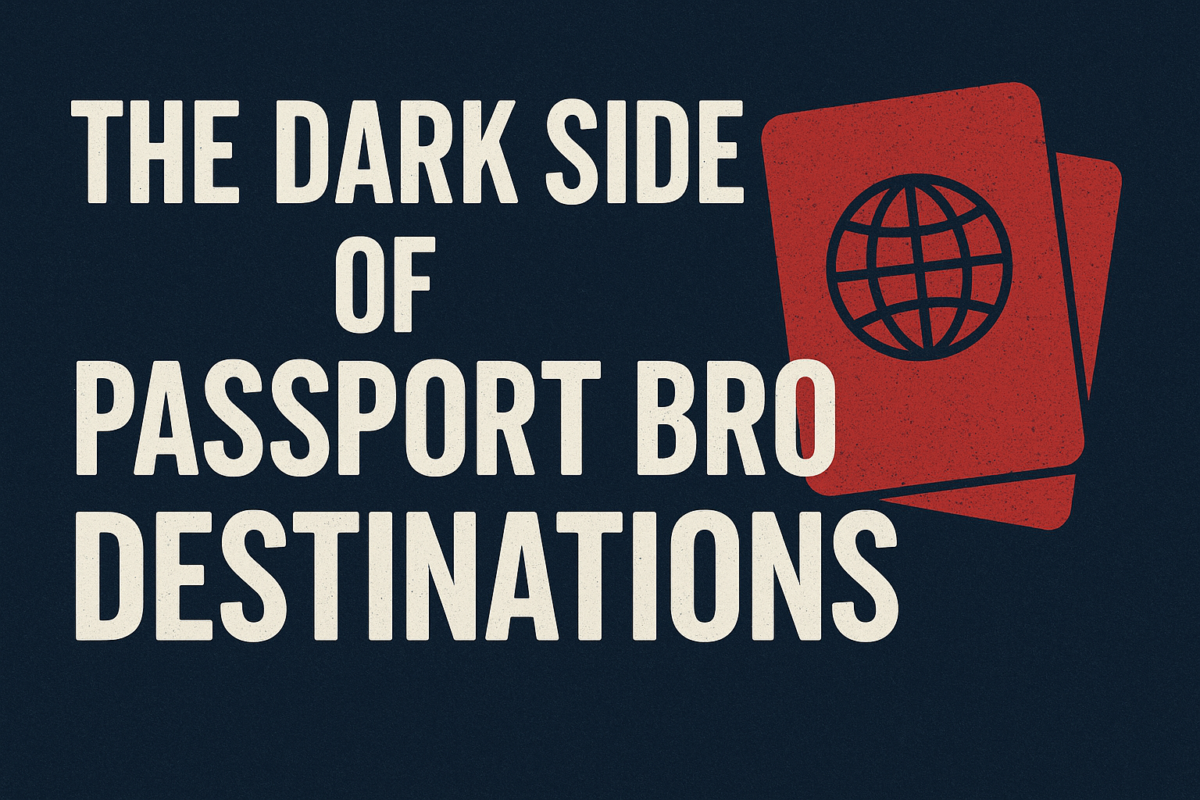It’s the ambition of every entrepreneur: to build a business so large it becomes a household name—a massive, scalable engine that touches every corner of the market. We are taught to chase market size, to think big, and to dominate.But here is a fundamental, statistical paradox that often gets overlooked: The larger your business becomes, the more your results will trend toward the average performance of the overall economy.If your goal is simply a stable, safe return that tracks with GDP growth, then building a massive, all-encompassing business is the perfect strategy. But if your goal is the outliers—the exponential, life-changing, 10x returns—you need to understand why scale is the enemy of exceptionalism.
The Tyranny of the Large Number
The entire concept boils down to statistical probability and market saturation.
1. You Become the EconomyWhen you are a small startup, you are operating in a niche. You might capture 80% of a $1 million market. That 80% market share yields incredible, non-average results because you are addressing a narrow, underserved pain point.Once your business scales into a multi-billion dollar entity, your market size is no longer a niche; it is a large, representative slice of the entire economy.
Example: A niche software company sells a highly specialized tool to just 50,000 engineers. Its growth rate might be 400% in a year. A mega-retailer, however, sells everything to everyone. To grow by 400%, that retailer would need to capture virtually all discretionary spending in the country—an impossible task.
The Statistical Reality: When your revenue stream is tapping into the consumption habits of tens of millions of people, you are essentially mirroring the performance of those consumers. Consumers, as a whole, are limited by things like wage growth, inflation, interest rates, and GDP. You cannot sustainably grow faster than the people funding your growth.
2. The Law of Diminishing Returns
Every industry has its early wins—the low-hanging fruit where efficiency gains are massive. Building the first factory, automating the first repetitive process, or creating the first widely adopted software product yields spectacular returns.Once you have achieved great scale, these marginal improvements become agonizingly difficult:
Small Company: Improving sales conversion from 1% to 2% doubles their revenue.
Large Company: Improving efficiency by 1% might require $50 million in capital expenditures, thousands of man-hours, and still only results in a fractional bump to the total $50 billion revenue. The juice is no longer worth the squeeze.You are forced to operate in less efficient, more competitive, and more mature segments of the market simply because you are too large to only focus on the lucrative niches.
The True Path to Outlier Returns
If massive, stable returns are your goal, continue building large, market-spanning businesses. But if your aim is exceptional growth—the kind that yields the highest possible return on invested capital—the strategy must be to stay focused and avoid complete market saturation.The most extraordinary returns are found in businesses that are:
Niche-Focused: They capture a very high share of a small, hyper-specific market. *
Asset-Light: They achieve growth without the massive, slow, and expensive infrastructure that defines large, average businesses.
Monopolies of Meaning: They dominate a single, unique value proposition that is not easily replicated by a broad-based competitor.
The lesson is this: Greatness in business is often found in the micro before it is consumed by the macro. Once your business scale is equal to the broader economy, its returns will inevitably begin to look like the returns of the broader economy: fairly average.


